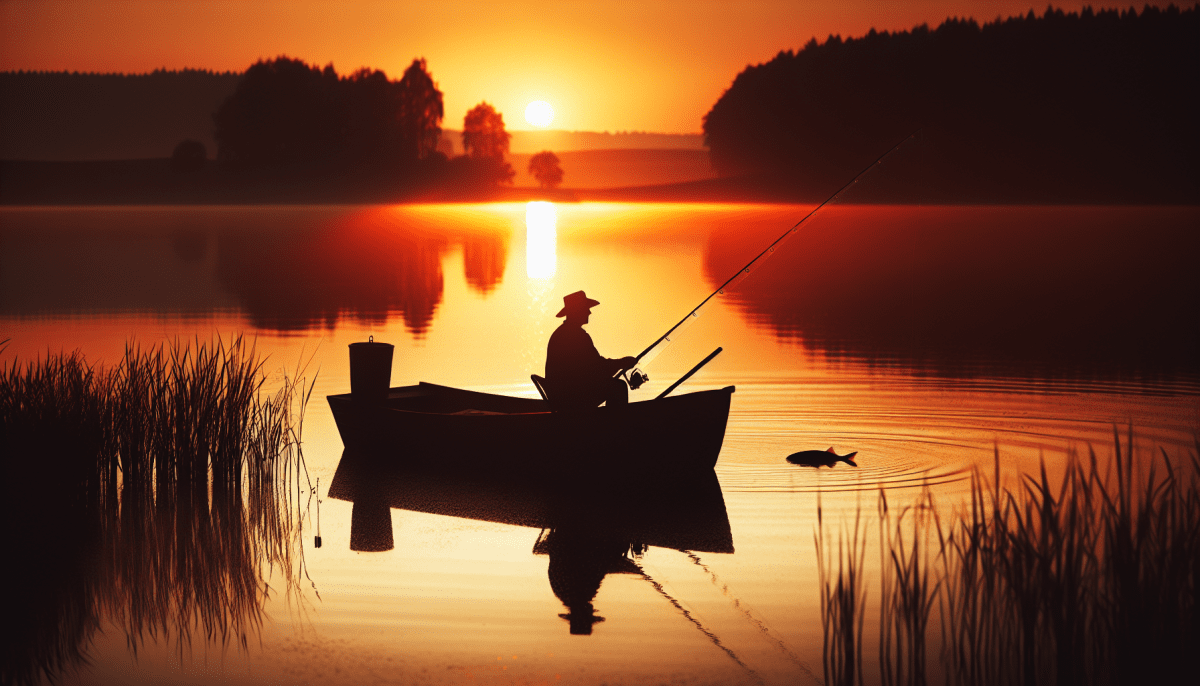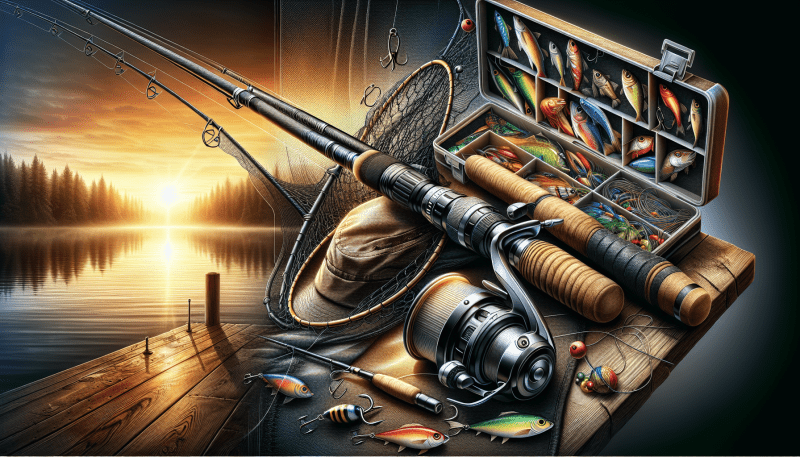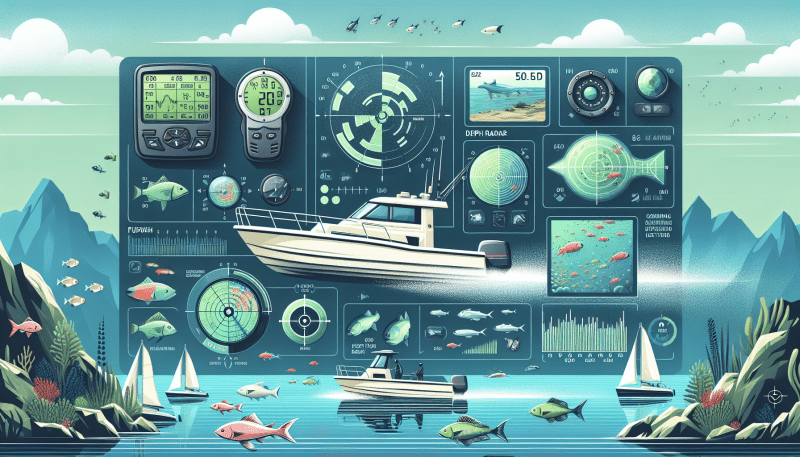Next up, consider your fishing rod and reel. If you're going for bass in a local lake, a medium-action rod with a spinning reel might be perfect. Meanwhile, if you're venturing out for deep-sea fishing, you might need something heavier to tackle bigger fish. Don't forget the line! A good rule of thumb is to match the line weight to the type of fish you’re targeting.
Then there are the lures and baits. Artificial lures can be super effective, but live bait often works wonders, too! Basic tackle boxes usually come with hooks, sinkers, and various lures. Tailor your selection to the species of fish you’re after and the conditions you’ll be fishing in – like water clarity or temperature.
Lastly, don’t overlook protective gear. A good pair of polarized sunglasses can help you see underwater, and a comfortable hat can shield you from the sun. A personal flotation device (PFD) is always a smart choice, especially if you’re fishing from a boat. Remember, staying safe means you can enjoy your fishing adventures even more!
Best Locations for Catching Fish
When it comes to fishing, choosing the right spot can make all the difference in your day out on the water. Whether you're a seasoned angler or just starting, knowing the best locations to cast your line can lead to some unforgettable catches. Here are some top spots that can boost your fishing adventures.
Timing is also crucial for successful fishing. Early mornings and late afternoons are often the best times to catch fish, as they tend to be more active. Remember, being in the right location at the right time can lead to an exhilarating fishing experience.
Tips for Bait and Lures
Choosing the right bait and lures can make a big difference in your fishing success. Here are some helpful tips to guide you.
Know Your Target Fish
Match the Hatch
Experiment with Colors and Sizes
Don't Forget the Scent
Essential Fishing Safety Practices
First off, always wear a life jacket, especially if you're fishing from a boat. Accidents can happen, and a good life jacket can make a world of difference. Even if you're wading in shallow waters, it's a smart idea to have one on board, just in case.
Another important tip is to check the weather before heading out. Fishing in clear skies is great, but storms can roll in quickly. Keep an eye on the forecast and be prepared to head back if bad weather approaches. It’s also wise to let someone know your fishing plan—the location and expected return time—so they can check in on you if needed.
Don’t forget about sun safety! Apply sunscreen regularly, wear a hat, and consider polarized sunglasses to protect your eyes. It’s easy to lose track of time while fishing, and you don’t want to end up with a sunburn that makes it hard to enjoy your catch. Also, be mindful of your surroundings to avoid any hazards like sharp rocks or slippery surfaces.
Lastly, always remember to pack a basic first-aid kit. You never know when a fishing hook or sharp tool might cause a scrape or cut. Having some band-aids, antiseptic wipes, and pain relief on hand can keep you comfortable and focused on enjoying your day out fishing.



